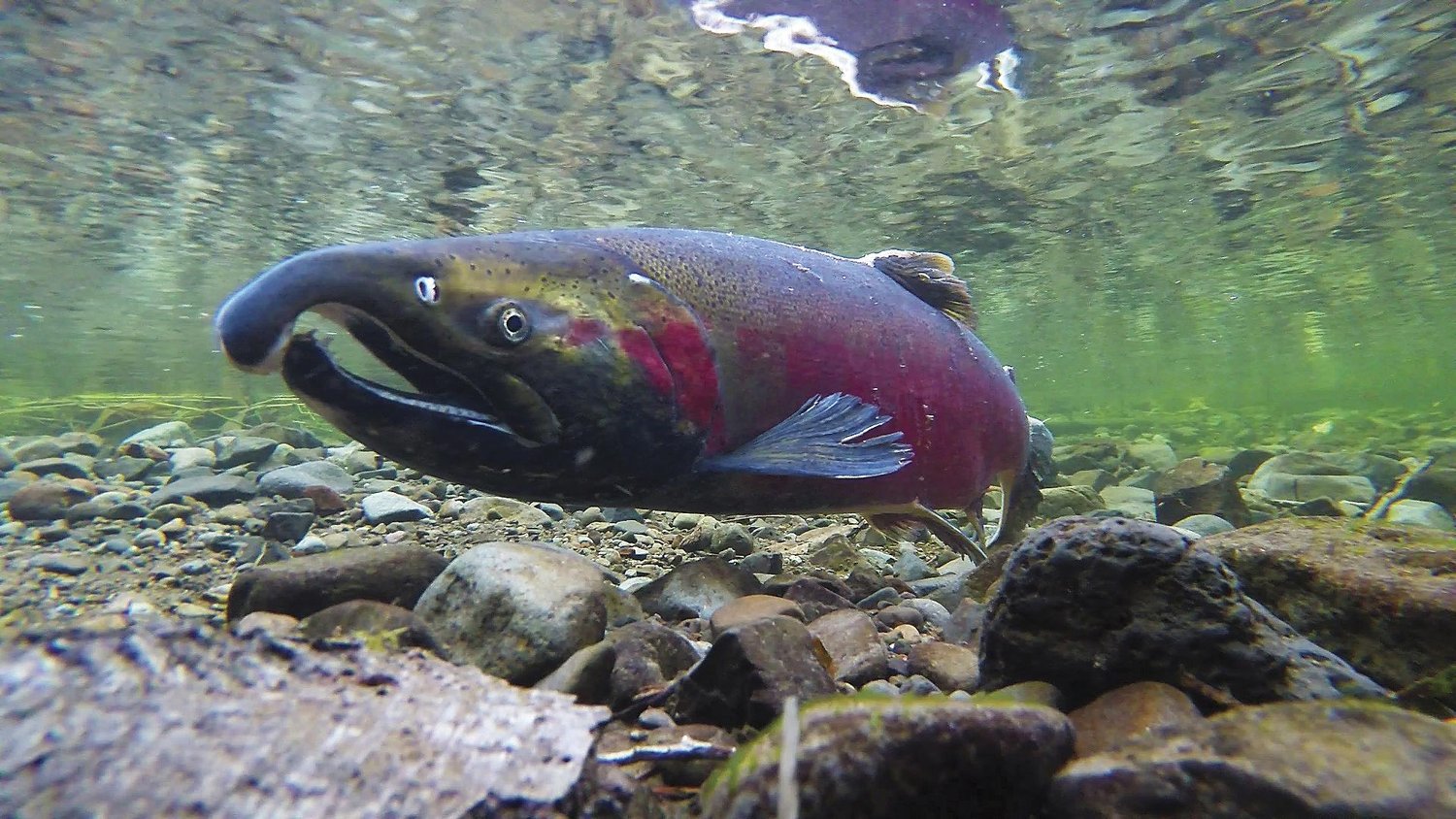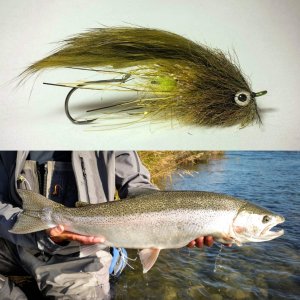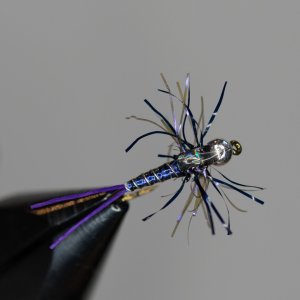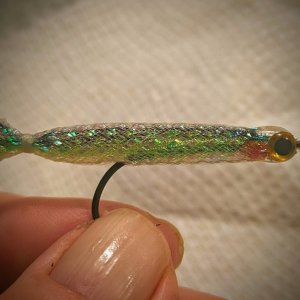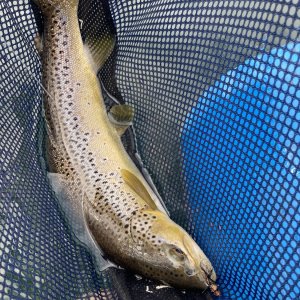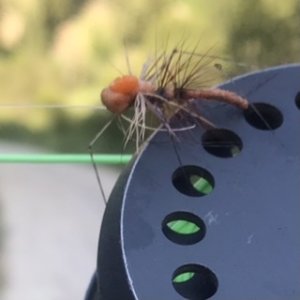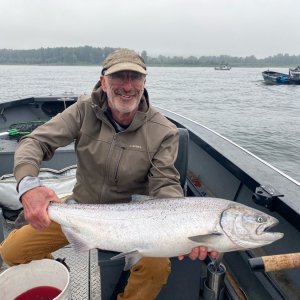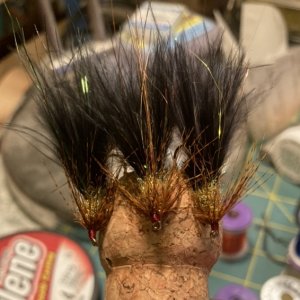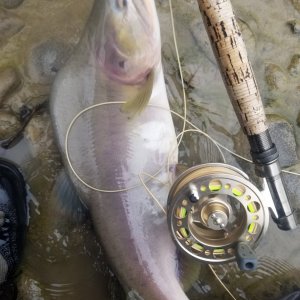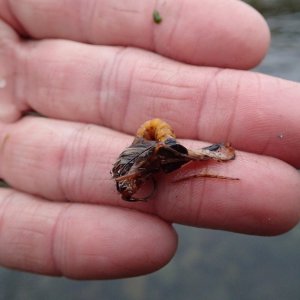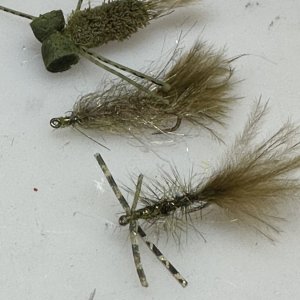Something you may have long suspected or believed, but may have lacked proof of, now seems to have even more evidence on its side--Hatchery salmon appear to harm wild stocks of salmon.
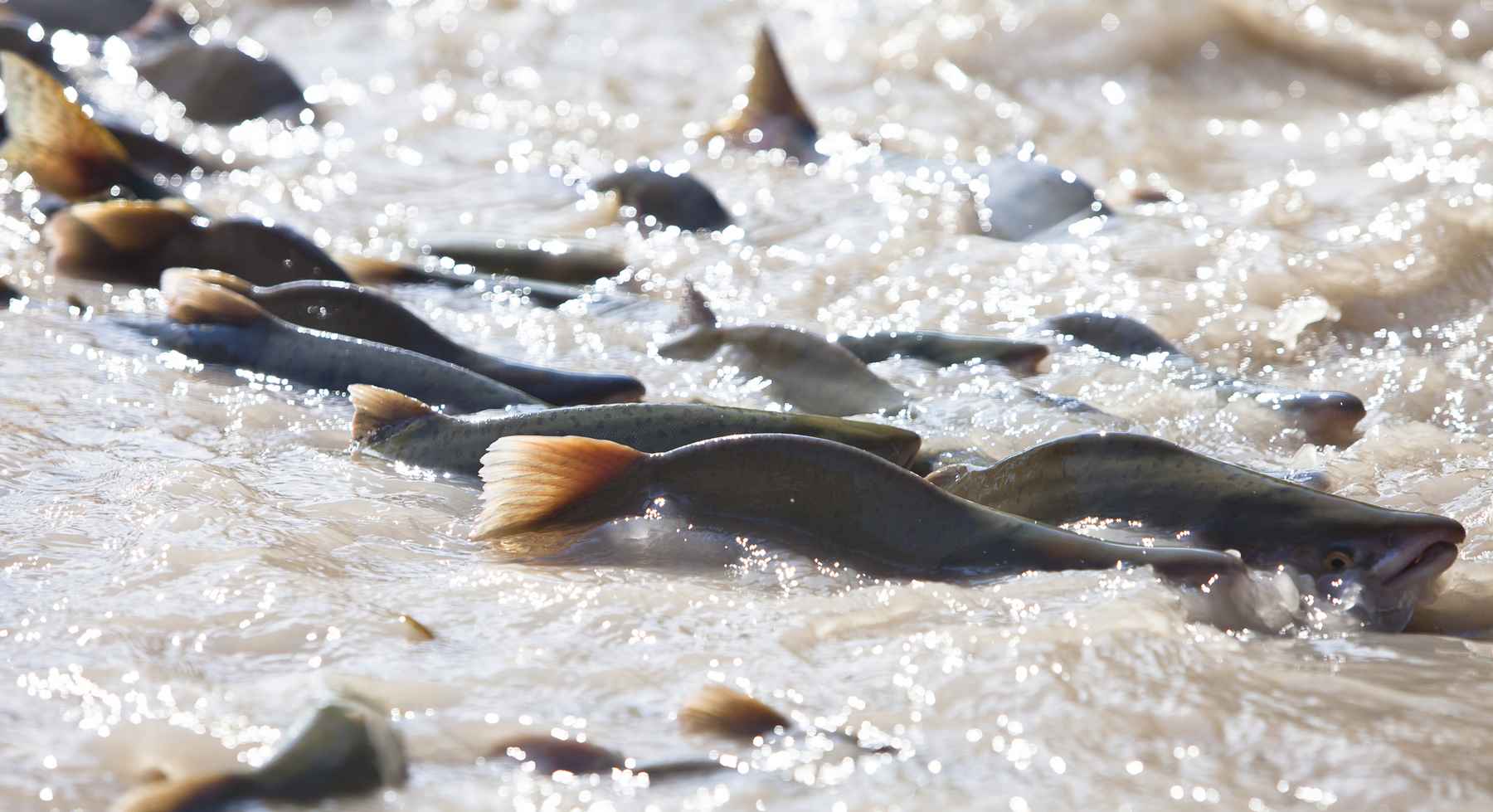

More evidence that releasing hatchery-reared native fish is harmful
The impacts of rearing and stocking non-native fish into watersheds where they don’t belong are well understood: undue competition for limited resources, hybridization, predation — the list goes on. In the American West, we’ve seen how introduced brook trout outcompete native cutthroat trout and...
www.hatchmag.com

